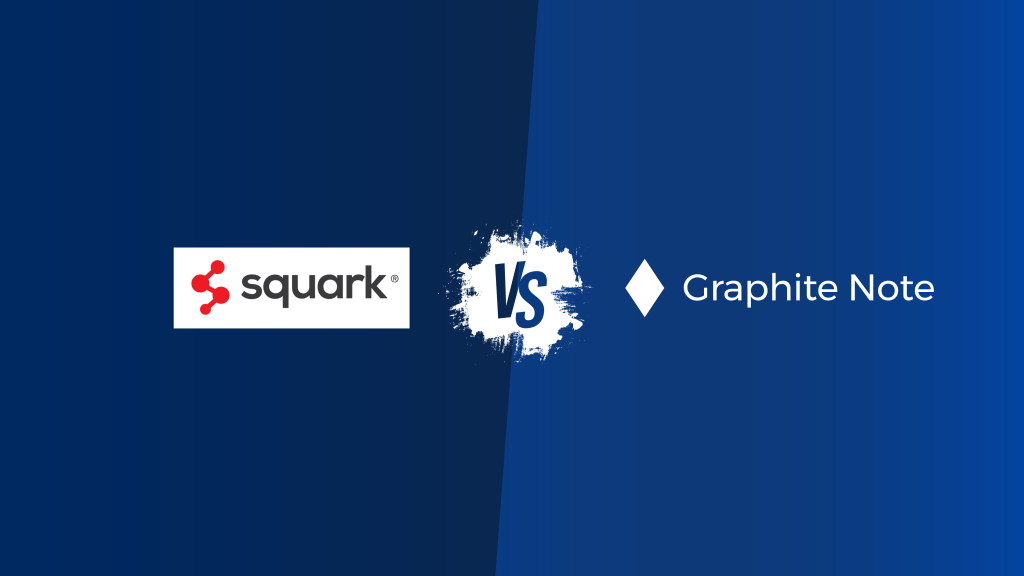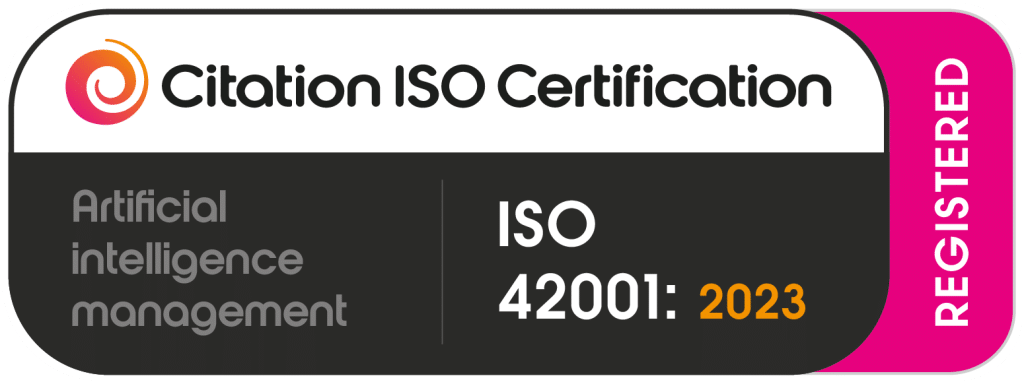Prediction analysis is an important technique in machine learning. Prediction analysis is also known as predictive analytics. Prediction analysis enables you to discover hidden patterns and insights within data. Prediction analysis uses sophisticated algorithms and cutting-edge technologies. Prediction analysis enables us to forecast future outcomes with remarkable accuracy. Prediction analysis is a fundamental part of machine learning.
Understanding the Basics of Prediction Analysis
Prediction analysis is the art and science of using historical data to make predictions about future events or trends. Predictive analytics analyze patterns, relationships, and dependencies within the data. Prediction analysis helps us make informed decisions and anticipate future outcomes with confidence.
Defining Prediction Analysis
Prediction analysis is also known as predictive analytics. Prediction analysis is a branch of data analysis. Predictive analytics encompasses a collection of statistical techniques and machine learning algorithms. Through examining historical data, prediction analysis seeks to identify patterns, trends, and relationships. Prediction analysis and predictive analytics predict future outcomes or behaviors. Predictive analytics models are dependent on data quality, data quantity, algorithm choice, and interpretation. Prediction analysis is not limited to a specific domain or industry. Prediction analysis can be applied in various fields. These include finance, healthcare, marketing, and weather forecasting. The versatility of predictive analytics techniques makes them a valuable tool for decision-makers.
The Role of Prediction Analysis in Machine Learning
Prediction analysis plays an important role in driving innovation and progress. Predictive modeling techniques uncover valuable insights from complex datasets. Prediction analysis enables us to build robust predictive models. Predictive analytics models can anticipate future trends, make accurate forecasts, and inform decision-making.
Machine learning algorithms are commonly used in predictive analytics techniques. Machine learning algorithms include regression, classification models, and clustering. These algorithms analyze the historical data and learn from it. The algorithms then apply the learned patterns to make predictions on new, unseen data.
One of the key challenges in predictive analytics is dealing with large and high-dimensional datasets. Machine learning techniques extract the most relevant information from the data. Machine learning techniques include dimensionality reduction and feature selection.
Moreover, prediction analysis is an iterative process. Predictive analytics tools and predictive analytics techniques involve training and fine-tuning the predictive models based on feedback and new data. This continuous learning cycle ensures that the models stay up-to-date and accurate.
There are several key components of prediction analysis in machine learning:
- Data preprocessing: Data preprocessing involves cleaning and transforming raw data to remove noise, handle missing values, and normalize the data sets. This step ensures that the data is in a suitable format for analysis and modeling.fclas
- Feature engineering: Feature engineering selects or creates the most relevant features that can contribute to accurate predictions. This requires domain knowledge and creativity to extract meaningful information from the available data.
- Predictive modeling selection: Model selection involves choosing the appropriate machine learning algorithm or ensemble of algorithms that best suits the prediction task. Different algorithms have different strengths and weaknesses. The choice depends on factors such as the nature of the data and the desired outcome.
- Predictive modeling training: Model training is the process of fitting the selected algorithm to the training data. This step involves adjusting the model’s parameters to maximize prediction accuracy.
- Model evaluation: Model evaluation assesses the performance of the trained model. Model evaluation uses metrics such as accuracy, precision, recall, and F1 score. This step helps you to understand the model’s strengths and weaknesses. Model evaluation also gives you insights into its predictive capabilities.
- Model application: Finally, prediction involves applying the trained model to new, unseen data to make predictions about future outcomes or behaviors. The predictions can be in the form of binary classification, multi-class classification, regression analysis, or clustering, depending on the nature of the prediction task. Regression analysis is a statistical technique used to uncover relationships between a variable we want to predict (dependent variable) and other variables that influence it (independent variables). Linear regression models are a specific type of regression analysis that assumes a straight-line relationship between the variables. Time series models analyze data collected over time. Time series models are often used in regression analysis to model trends and predict future values. In predictive analytics, clustering groups data points with similar characteristics together, helping to identify hidden patterns and segments within the data.
Key Components of Prediction Analysis
Successful prediction analysis relies on a combination of important elements. These combine to ensure the analysis is effective. Let’s explore two essential components: data preprocessing and algorithms/techniques.
Data Preprocessing for Prediction Analysis
Data preprocessing is the initial step in prediction analysis. Data preprocessing involves the cleansing, transformation, and normalization of raw data. This process ensures that data is accurate, consistent, and ready for further exploration. Various techniques are used to prepare the big data for analysis. Data cleaning is where missing values and outliers are handled. Data transformation is where variables are standardized or scaled to ensure comparability. Data normalization brings the data to within a specific range.
This makes the data easier to interpret and analyze. This process involves techniques such as min-max scaling or z-score normalization. Graphite Note makes data preprocessing more efficient and accessible. With Graphite Note, you do not need to undertake manual data cleansing. Graphite Note’s intuitive interface enables users to easily preprocess data. This saves time and effort, and facilitates seamless analysis.
Algorithms and Techniques in Prediction Analysis
The selection and application of appropriate algorithms and techniques are paramount to success in predictive modeling. There are various machine learning algorithms. These include decision trees, random forests, neural networks, and support vector machines.
The choice of algorithm depends on the nature of the data and the prediction problem at hand. Decision trees are often used for classification tasks. Random forests provide robustness and accuracy by combining multiple decision trees. Neural networks are capable of learning complex patterns. Support vector machines excel in handling high-dimensional data.
Graphite Note’s library of pre-built algorithms and templates streamline the model development process. Graphite Note makes machine learning model development accessible to anyone. With Graphite Note, users can experiment with different algorithms and techniques. Graphite Note helps you find the optimal solution for your prediction analysis tasks. Graphite Note helps you gain a better understanding of your business analytics and make robust decisions for business growth.
Prediction models’ performance can be enhanced by employing ensemble techniques. An ensemble technique is where multiple models are combined to make predictions. These techniques include bagging, boosting, and stacking.
The Process of Prediction Analysis in Machine Learning
Steps Involved in Prediction Analysis
Prediction analysis encompasses the following steps:
- Data collection and preprocessing: Gather relevant data and prepare it for analysis through cleaning, transformation, and normalization.
- Feature selection and engineering: Identify the most relevant features and create new ones to enhance the predictive power of the model.
- Predictive model building and evaluation: Construct a predictive model using appropriate algorithms and evaluate its performance against validation datasets.
- Predictive model refinement and tuning: Fine-tune the model parameters to optimize its performance and generalization ability.
- Deployment and monitoring: Deploy the model into production and continuously monitor its performance to ensure its ongoing effectiveness.
Graphite Note’s intelligent automation and no-code approach gives you a streamlined, simple approach to undertake prediction analysis.
Evaluating the Accuracy of Predictive Models
Ensuring the accuracy and reliability of predictive models is important to their effectiveness. Various evaluation metrics are used to assess a model’s performance. Evaluation metrics include accuracy, precision, recall, F1 score, and ROC curves. Graphite Note’s model evaluation tools enable you to easily evaluate your machine learning model.
Challenges and Solutions in Prediction Analysis
There are some challenges associated with prediction analysis. One of the major challenges in prediction analysis is the availability and quality of data. Incomplete, inconsistent, or biased data can hinder the accuracy and reliability of predictions. Data preprocessing techniques can help to manage and resolve these issues. Data preprocessing techniques include imputation and outlier detection. Data preprocessing helps to ensure the quality of the data. Graphite Note’s powerful data preprocessing capabilities enables you to resolve these challenges. Graphite Note helps you handle missing data, outliers, and other data quality issues.
Advancements and Innovations in Prediction Analysis
Prediction analysis continues to evolve, opening up new avenues for innovation and discovery. Deep learning, ensemble methods, and reinforcement learning advance predictive models’ accuracy and performance.
Graphite Note incorporates these advancements and innovations. Graphite Note makes them accessible to users of all backgrounds. With Graphite Note, you can use the latest techniques without expert knowledge or extensive coding. This democratizes prediction analysis. Graphite Note empowers you to unlock the potential of your data.
The Future of Prediction Analysis in Machine Learning
Prediction analysis holds incredible promise for shaping the future of machine learning.
Emerging Trends in Prediction Analysis
Automated machine learning (AutoML) frameworks are a key trend. These frameworks use artificial intelligence and machine learning algorithms. AutoML automates the end-to-end process of building predictive models. AutoML frameworks make prediction analysis accessible to users with limited technical expertise.
Graphite Note, aligns perfectly with this emerging trend. Graphite Note eliminates the need for complex coding and technical knowledge. Graphite Note empowers users to leverage the power of prediction analysis. This drives innovation and accelerates decision-making across diverse industries.
The Effect of Prediction Analysis on Future Technologies
Prediction analysis revolutionizes many industries and technologies. Prediction analysis changes the way we live and work. Prediction analysis affects personalized healthcare, smart cities, intelligent transportation and automated finance. Prediction analysis enables us to make accurate predictions that drive change.
Conclusion
Exploring prediction analysis in machine learning has illuminated the immense value it brings to the table. Graphite Note makes prediction analysis accessible and effective. Graphite Note empowers you to unleash the full potential of your data. Graphite Note helps to shape a future where prediction analysis supports your decision-making.





